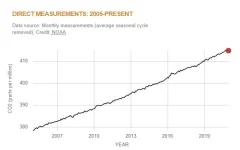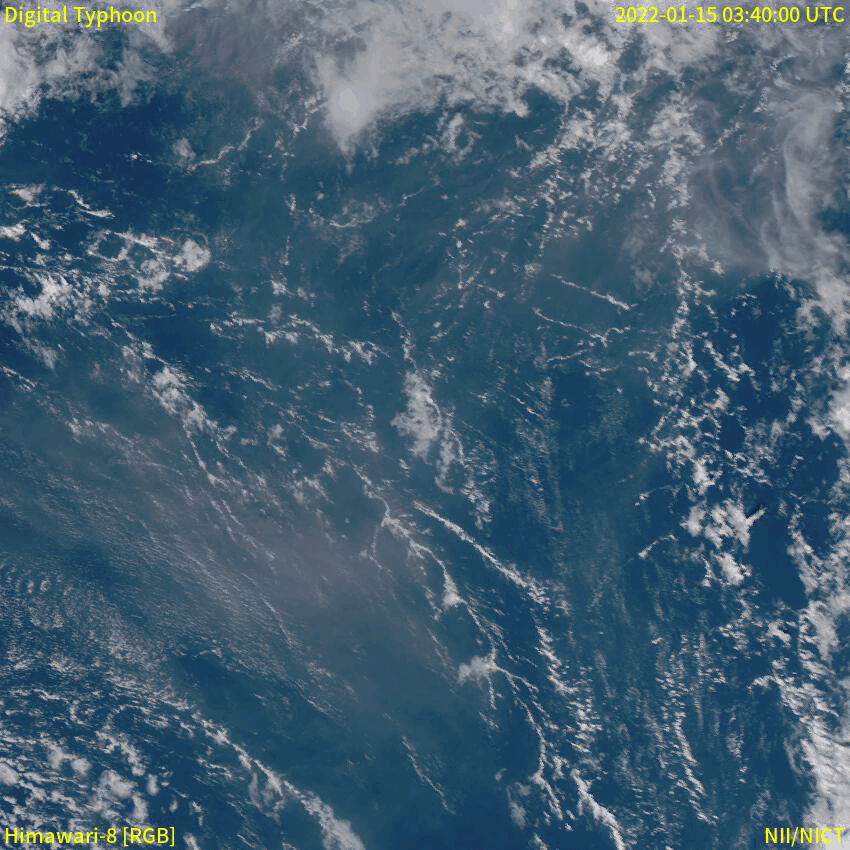- Joined
- Jul 17, 2020
- Messages
- 47,360
- Reaction score
- 26,051
- Location
- Springfield MO
- Gender
- Male
- Political Leaning
- Liberal
“Radiative forcing increased by 32 per cent between 1990 and 2012, of wich 25 per cent is due to carbon dioxide. The remaining is from other greenhouse gases.
Carbon dioxide, mainly from fossil-fuel-related emissions, accounted for 80 per cent of global warming since 1990 according to the World Meteorological Organization’s (WMO) latest report from November 2013. Between 1990 and 2012 there was more than a 25 per cent increase in radiative forcing – the warming effect on our climate – because of carbon dioxide (CO2).
Carbon dioxide is the single most important greenhouse gas emitted by human activities such as fossil fuel burning and deforestation. CO2 lingers in the atmosphere for hundreds if not thousands of years and so will determine global mean surface warming by the late 21st century and beyond, states the WMO. “Most aspects of climate change will persist for centuries even if emissions of CO2 are stopped immediately.”
The WMO says that on the global scale, the amount of CO2 in the atmosphere reached 393.1 parts per million in 2012, or 141 per cent of the pre-industrial level of 278 parts per million. The amount of CO2 in the atmosphere increased by 2.2 parts per million from 2011 to 2012, which is above the average 2.02 parts per million per year for the past 10 years, showing an accelerating trend.”
 www.airclim.org
www.airclim.org
Carbon dioxide, mainly from fossil-fuel-related emissions, accounted for 80 per cent of global warming since 1990 according to the World Meteorological Organization’s (WMO) latest report from November 2013. Between 1990 and 2012 there was more than a 25 per cent increase in radiative forcing – the warming effect on our climate – because of carbon dioxide (CO2).
Carbon dioxide is the single most important greenhouse gas emitted by human activities such as fossil fuel burning and deforestation. CO2 lingers in the atmosphere for hundreds if not thousands of years and so will determine global mean surface warming by the late 21st century and beyond, states the WMO. “Most aspects of climate change will persist for centuries even if emissions of CO2 are stopped immediately.”
The WMO says that on the global scale, the amount of CO2 in the atmosphere reached 393.1 parts per million in 2012, or 141 per cent of the pre-industrial level of 278 parts per million. The amount of CO2 in the atmosphere increased by 2.2 parts per million from 2011 to 2012, which is above the average 2.02 parts per million per year for the past 10 years, showing an accelerating trend.”
Carbon dioxide causes 80% of global warming | Air Pollution & Climate Secretariat
Radiative forcing increased by 32 per cent between 1990 and 2012, of wich 25 per cent is due to carbon dioxide. The remaining is from other greenhouse gases.
 www.airclim.org
www.airclim.org


